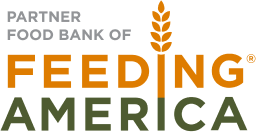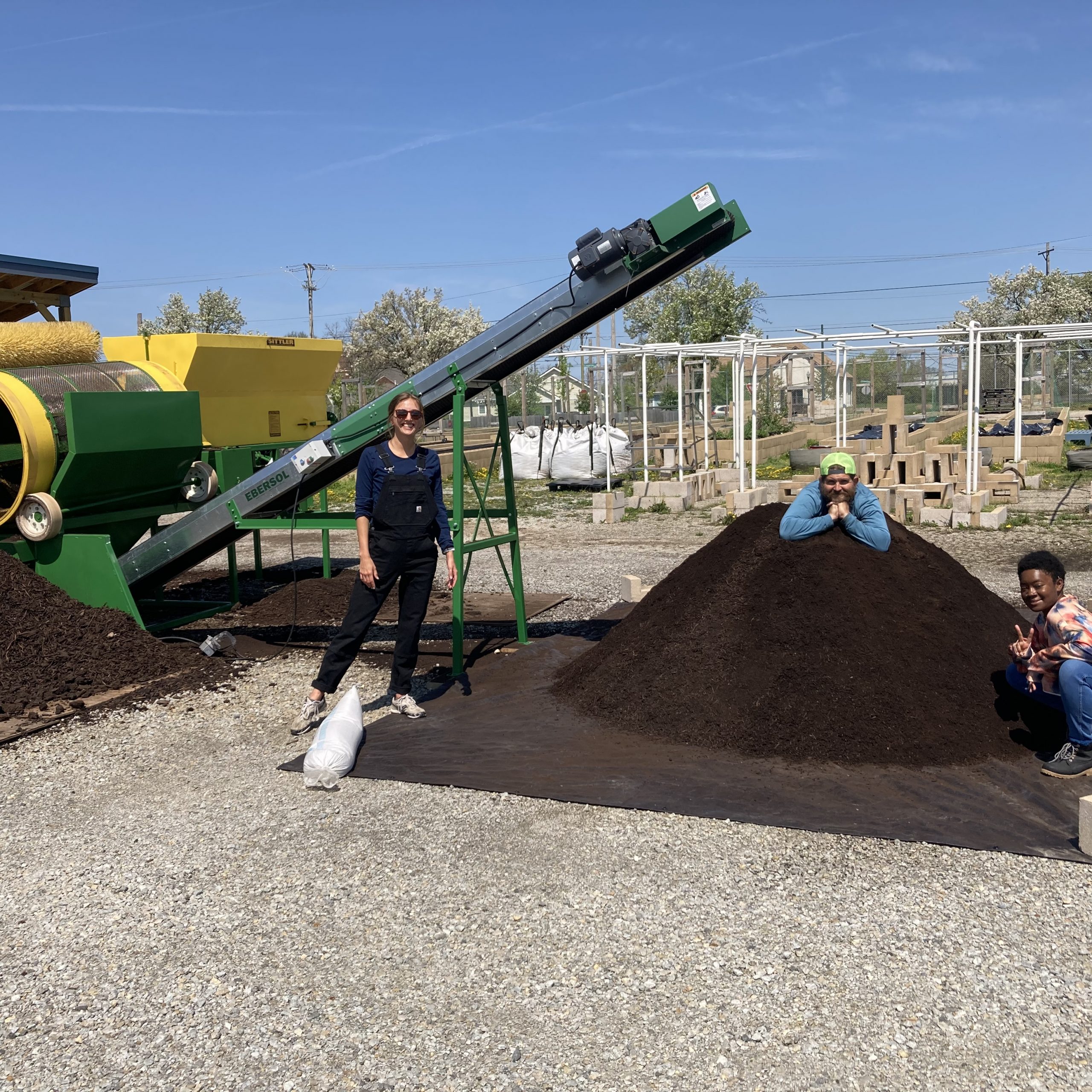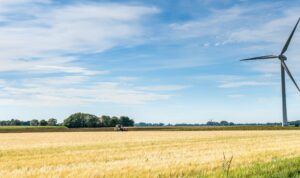Sustainability at The Foodbank
Here’s what we’re doing at The Foodbank to look out for our planet.
By Lindsay Kreill, Garden Outreach Lead
Food insecurity and climate change are two very intertwined issues. Before the pandemic, over 35 million people in the US faced hunger, and that was estimated to have increased to 50 million as a result of the pandemic. At the same time, an estimated 30-40 percent of our total food supply is going to landfills. This becomes an even graver issue when you consider the environmental impacts of agriculture and that people in poverty are the ones most affected by climate change.
According to the EPA, the agricultural sector accounts for 10 percent of the U.S’s total greenhouse gas emissions. Soil management practices lead to the emission of nitrous oxide, and livestock produce methane — both powerful greenhouse gases. Additionally, food production requires a great deal of resources. Approximately half of the world’s habitable land is used for agriculture, with 77 percent of that used for livestock. In the US, 80 percent of our water is consumed by the agricultural sector. When the end result of this resource consumption ends up in landfills rather than on plates, it’s not only wasteful, but a new problem emerges. Organic waste in landfills generates something called landfill gas as it decomposes, and that gas is made up of methane and carbon dioxide — more greenhouse gases.
This is where food banks come in. As a member of the Feeding America network, we work hard to connect the excess food in this country to the families in our community who need it. We know that there is plenty of food for everyone, and we also know that food waste is harming our earth and everyone living on it. Our partnerships with local grocery retailers is one of the biggest ways we can simultaneously alleviate food insecurity and food waste. Statistics released by ReFED show that around 40 percent of food waste occurs in consumer-facing businesses, and 8 million tons is wasted by retailers specifically. We rescued 3,090,729 pounds of food from our retail partners in the 2020 fiscal year alone, and we are constantly working to better our processes for acquiring and distributing this food.
While our food spoilage rates are remarkably low, approximately 1 percent of food that we receive cannot be distributed. To combat this, we installed an in-vessel composting unit in The Foodbank’s urban garden. Last year we composted 25 tons of spoiled food from our warehouse, and the finished product is currently being used to fill our grow beds for the 2021 growing season. This means less food waste in landfills and more fresh, local, and chemical-free produce for us to distribute through our partner agencies and Drive Thru Food Pantry.
By growing our own food and accepting donations from local community gardens and farms, we not only are able to distribute high-quality produce to our clients, but also cut down on unnecessary transportation. We know that to be good stewards of the environment we must support the growth of our local food system. This is why our garden team is dedicated to using our urban garden as a space for learning and education.
We also recognize that sustainability is often about the smaller, less glamorous changes and are striving to implement those in any way we can. In 2019 we switched all of the lights in our warehouse over to high-efficiency light bulbs.
We partner with the University of Dayton each year to analyze our truck routes and determine the most efficient routes for our drivers to pick up food from retail spaces. In addition to making us more efficient in our mission to relieve hunger in the community, this helps us minimize our impact on the environment.
To reduce runoff and improve water quality, we follow the EPA’s recommended best practices for stormwater management whenever we are developing new projects. The garden is an excellent example of this, as it is located on an old parking lot that we are slowly tearing out and replacing with gravel to remove impervious surfaces. This semester, a group of University of Dayton engineering students are designing and installing two rainwater catchment systems for our compost sheds. The water we harvest will be used to clean compost buckets for our compost exchange program and water plants during the growing season. We are also designing a rain garden that will be installed next to the parking lot behind our building.
While there is certainly always room for improvement, we are excited to share with you many of the ways we are taking action to care for our collective home. Stay tuned as we continue to explore more ways in which we can be sustainable in fulfilling our mission.
Happy Earth Day!







No comment yet, add your voice below!